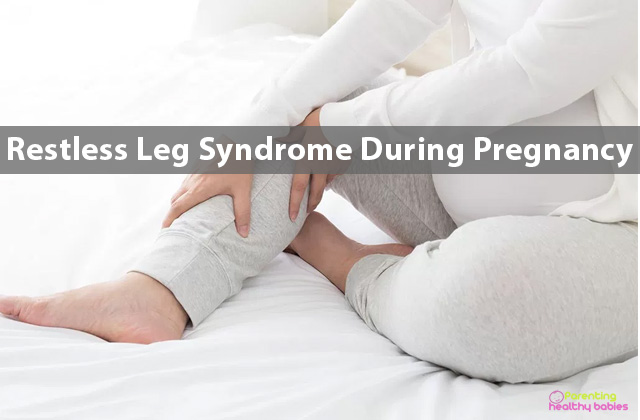A nagging urge to move your legs that can keep you from getting a good night’s sleep and make you really uncomfortable. People describe it as an itchy, pulling, burning, creepy-crawly feeling that gives them an overwhelming urge to move their legs. Once they do move their legs, the feeling often subsides.
Pregnancy Problems: Restless Leg Syndrome(RLS)
Causes
No single cause has been identified, but research is ongoing. In addition to affecting a good number of pregnant women, RLS affects men, children, and women who aren’t pregnant. And it seems to run in families. For women who already have RLS, it usually gets worse during pregnancy. No one knows why women who’ve never had RLS develop it during pregnancy, but there are a number of theories. RLS in pregnancy might be triggered by a lack of enough folic acid or iron. There’s also some evidence that rising oestrogen levels during pregnancy may contribute to RLS.
Symptoms
Fortunately for women who develop RLS during pregnancy, it’s temporary. The symptoms typically peak when you’re 7 or 8 months pregnant and disappear altogether by the time you deliver your baby or within a month afterward. Certain things will make a woman more likely to suffer with RLS in pregnancy. These can include being overweight or smoking as well as clinical conditions such as diabetes and high blood pressure. Anaemia or poorly controlled asthma has also been linked with RLS so these will be checked by your physician or other maternity care professional and treated with necessary medications.
Some medications (such as antidepressants and blood pressure medications) can cause RLS during pregnancy even if they cause that side effect when you’re not pregnant though all your medications should be reviewed by your GP as soon as you discover that you’re pregnant. Sometimes you can still get RLS without any of these health issues and it’s not known exactly why this is, but it is thought it could be linked to hormone changes in pregnancy or even genetics.
Treatment
There is no medication to treat the symptoms of RLS during pregnancy.
- If you’ve got cramp, you need to stretch your calf muscle to ease the pain, so stand up and push your foot flat so it’s not arched.
- Try flexing your leg and ankle until the pain has eased.
- Gentle massaging with leg cream may relieve the itchy sensation for some women.
- If you already suffer from RLS before you get pregnant, think about making preventative measures to stop it becoming worse – lose weight, quit smoking and take up a form of relaxing exercise such as
- At night try to ensure that you are relaxed and comfortably warm.
- Restless legs syndrome usually disappears completely within four to six weeks of giving birth if it’s a condition you didn’t have before you got pregnant.
- Once pregnant, avoid sitting or standing for extended periods, and if you are on a long journey, get up and walk around at least hourly.
- Most drugs used to treat RLS are not recommended during pregnancy.
If your RLS isn’t that severe, try making some simple changes to your routine. These lifestyle changes have been shown to not only reduce the symptoms of restless legs syndrome, but they’re also good for your pregnancy in general:
- Avoid drinking coffee, soda and other caffeinated beverages.
- Exercise every day, but stop within a couple of hours of bedtime.
- Get into a regular sleep routine. Try to Go to bed and wake up at the same time every day. Before bed, relax with a warm bath or by snuggling up in bed.
Restless legs syndrome can resolve after you have given birth. Within a few days after your baby is born it in many cases will disappear. That’s good news, because new moms will soon have much more pressing things to attend to in the middle of the night.
Things that might help
- Ask your doctor or midwife about trying supplements such as iron, magnesium, vitamin B12 or folic acid.
- Depending on the quantities in your prenatal vitamin, your practitioner may or may not want you to take more.
- Some women find it helpful to stretch their legs, get a massage, use hot or cold packs, take warm baths or practice relaxation techniques. Massaging or rubbing your legs until you fall asleep can work wonders.
